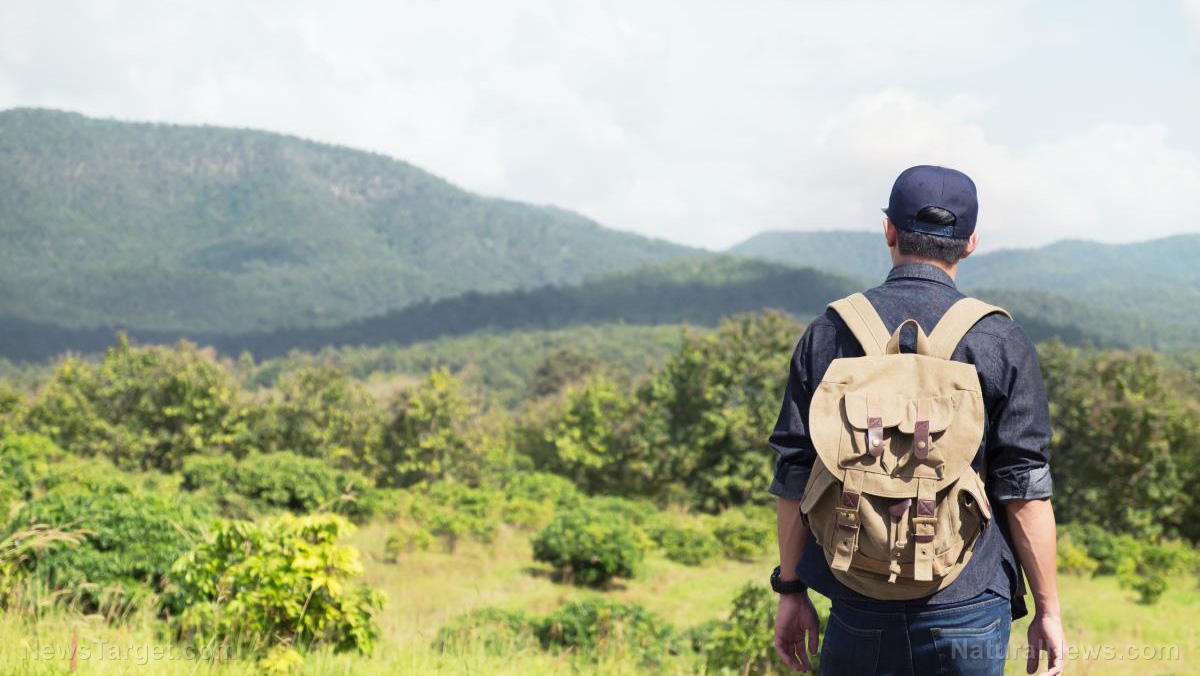
Advertisement
On the surface, preparing for when SHTF may seem rather simplistic – just throw some survival gear into a bag and then take the bag with you when it’s time to bug out. The reality, however, is that it’s not quite that easy. A bug out bag can be extremely heavy depending on what you decide to store inside of it, and traveling with it from point A to point B isn’t exactly like taking a leisurely stroll through the park. That’s why it’s important that you routinely test your bug out bag for when SHTF.
First and foremost, you have to make sure that your bug out bag is an appropriate weight – on the one hand, you don’t want it to be so heavy that you’re struggling to carry it, but on the other hand, you don’t want to risk leaving something important out just to keep the weight down. In order to create a bug out bag with an appropriate weight, make a list of all the essentials, and avoid packing items that you could do without in a survival situation. As noted by UrbanSurvivalSite.com, things like sleeping bags, plateware and utensils, toiletries, extra pants and medications are all examples of things that you can do without. (Related: Here are ten affordable survival items that you can stock up on now without breaking your wallet.)
In addition to creating a bug out bag that you can easily travel with, it’s important that you establish a method of navigation other than your phone’s GPS, considering the fact that the GPS on your phone will likely be on the fritz following a large-scale disaster. Instead, you should come up with a back-up plan, which may involve the use of a portable navigation kit to help you find your way around the woods. In this kit, be sure to include an accurate and durable baseplate compass, a topographical map of the surrounding area, SE navigation cards, and a pen so that you can make notes and changes to your directions.

In addition to knowing how you’re going to navigate from point A to point B, you’re also going to have to come up with a plan regarding escape and evasion routes. There’s a good chance that the highways will be clogged in the event of a nuclear strike or some kind of natural disaster, so you’re going to be left with no choice but to find alternative routes. Plan these routes before SHTF so that you don’t face any delays or unnecessary challenges when you do find yourself in a real survival situation. (Related: Here’s how to develop your emergency plan so that you can prepare your family for a disaster.)
Plan out where you’re going to set up camp ahead of time. It’s important that you choose a location that is well-hidden, secure and secluded, ideally deep in the woods off any of the main paths. It’s also incredibly important that you find a way to defend your survival camp against people who might seek to do harm to you or your loved ones. Establish a clear exit plan so that you and anyone else you’re traveling with can escape your survival camp in the event that you are approached with somebody with a weapon.
Any serious prepper should strongly consider testing his or her bug out bag in the wilderness for at least three days so that they can get a good idea of how effective both their plan and the bag itself will be in a real survival situation. Doing this will also help you determine what items you need and which items you can get rid of, and beyond that, it’ll be a great workout and an overall humbling experience.
Sources include:
Submit a correction >>
This article may contain statements that reflect the opinion of the author
Advertisement
Advertisements















